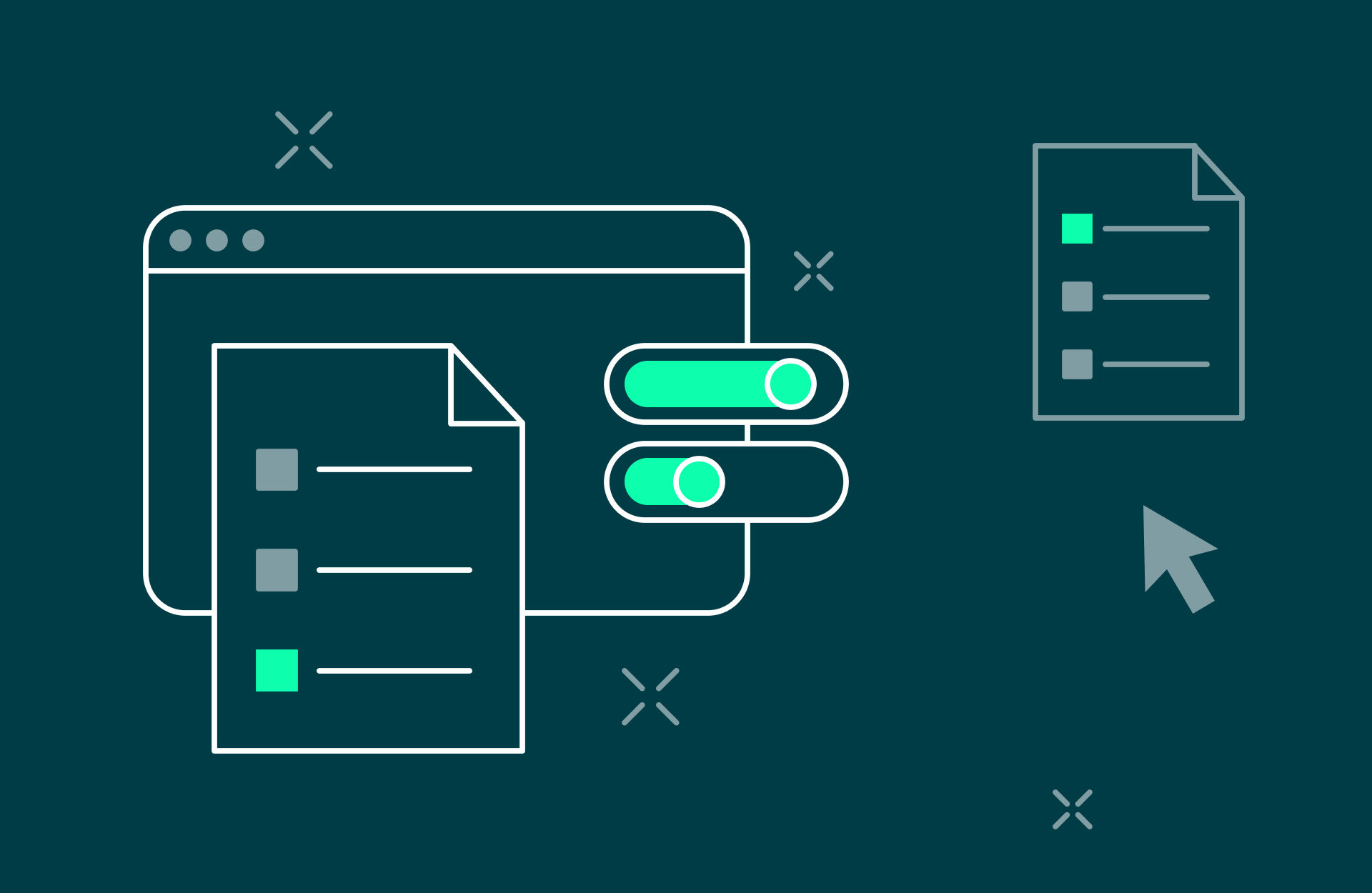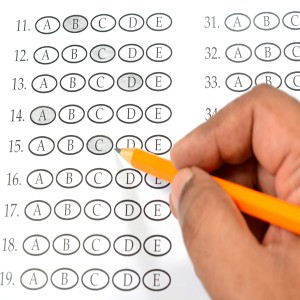Instructors need streamlined assessment solutions that reduce the burden of grading and offer the opportunity to provide higher quality and more timely feedback. Often, these are contradictory ideas—for example, giving better feedback can take longer and can thus add to the burden of grading.
Gradescope by Turnitin empowers instructors to reduce grading time while offering better, more thorough feedback for students. In turn, timely feedback helps students stay more engaged with the coursework and understand areas for improvement because it supports their learning workflow. In an effort to streamline the assessment process even further, we recently released features that offer instructors better tools to conduct exams.
Modernized Bubble Sheet examsBubble Sheet exams, also known as bubble forms or scantrons, were a burgeoning new technology in the 1970s, but relatively little has changed since then. Due to this lack of innovation, the traditional bubble sheet testing offerings led to a lot of added costs and frustration for educational institutions. Administering these tests requires expensive, specialized machines that are usually housed at a centralized exam center. This causes additional challenges to timely teacher responses, since there will be delays due to 1) the need for grades to be manually uploaded and 2) backups in the institution’s scanning service, especially during midterms and finals.
When creating multiple-choice exams, it can also be difficult to accurately create quality questions that measure the depth of student knowledge; multiple-choice exams can test a broad swath of concepts in a shorter span of time, but it is a challenging format for measuring higher-order thinking. Furthermore, designing multiple-choice exams that thoughtfully measure deep conceptual knowledge can be difficult. The danger is an unreliable exam with poor questions that does not equitably and fairly measure student knowledge.
When Gradescope released the Bubble Sheet assignment type, we modernized the technology. Gradescope has now added new security and data features to improve the bubble sheet assessment experience for instructors, graders, and students. This assignment type is available to all Gradescope institutional partners and provides a modern, flexible experience that no longer relies on a physical, centralized testing scanner and in addition to an item analysis function that bolsters exam design, brings the benefits of security and mobility to grade anytime, anywhere.
Here are the latest Gradescope updates to Bubble Sheet assignment types:
- Improve exam integrity of uploaded exams with Bubble Sheet Versioning
Bubble Sheet Versioning allows instructors to create and manage up to five versions of an answer key in one Bubble Sheet assignment. Instructors still have the convenience of uploading their students' work without having to rely on a centralized scanning center. Learn more about bubble sheets in the Gradescope Help Center.
- Ensure exam quality and accurately measure the performance of your students
Enhanced Bubble Sheet Reporting helps instructors understand the quality of individual questions and thus the reliability of the overall exam. With these insights, instructors can throw out or refine questions and find ways to improve the overall assessment. Gradescope automatically provides commonly used statistics such as Chonbach’s Alpha (Reliability Score), Standard Error of Measurement, Standard Deviation, Item Analysis, Discriminatory Score (Point Biserial Coefficient), and Distractor Analysis so you can evaluate the effectiveness of your assessments at a glance. We’ve provided a help article for more in-depth information on this reporting feature.
We explored the implementation of some of this Bubble Sheet functionality recently during our webinar in partnership with SUNY - Binghamton University, Modernizing Multiple Choice Assessments with Gradescope. (If you missed it, watch to learn how Binghamton University transitioned 350 faculty to Gradescope in just one year to help streamline their assessment process.)
Better feedbackThese updates support a core tenet we hold at Turnitin, which is that better feedback leads to better learning outcomes. Gradescope supports feedback on multiple levels so instructors receive data-based feedback on their assessments from built-in statistics, while students receive detailed feedback on their work from graders. New functions include the following:
- Associate annotations with rubric items
When commenting on a student’s submission, instructors have the ability to associate a rubric item or group with the comment. This improves the organization of feedback by providing the ability to associate annotations to specific higher level categories or learning objectives. This also enables better pedagogy by clearly illustrating to students their rationale for scoring decisions and patterns of behavior for associated criteria. By adding this capability to the grading workflow, instructors can more closely coordinate to common structures and pedagogical best practices, and align their feedback to larger assignment or course learning objectives. This also helps ensure feedback is more objective and the tracking and measurement of learning objectives,standardized course-wide. Learn more about annotations in the Gradescope Help Center.





